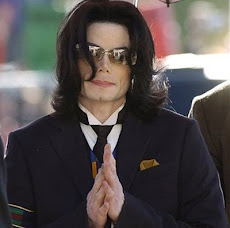 NAIROBI
NAIROBIThe Economist
Mob justice is alarmingly common but few seem to mind
A LYNCHING took place recently outside an ironmonger’s shop in Nairobi, Kenya’s capital. It was close to one of the city’s fancier shopping centres, early in the morning, with commuters streaming down the road on foot. A man had his mobile phone stolen but managed to lay a hand on the thief just long enough for the crowd to close in. His two accomplices waded in to rescue their man but the mob engulfed them. Stones rained down. Boulders crushed their heads and chests. Then the crowd moved on, became commuters once more, and the police removed three bodies.
Nobody knows how many such lynchings happen in Kenya every year. What is certain is that they are commonplace. Some MPs worry that violence is on the rise as more people lack jobs and young men are frustrated. The lack of statistics is itself telling. Kenya’s police chief, Mohammed Ali, says his force strongly discourages vigilantes from taking the law into their own hands and often arrests them. Yet the police are invariably unable or unwilling to intervene against a large mob. Human-rights groups lack the resources to investigate or even record more than a handful of lynchings. The families of those killed often fail to lodge a complaint out of shame or because they do not have enough money to recover the bodies from the mortuary to bury them.
Petty criminals are often lynched in the countryside too. In central Kenya’s Kikuyu heartland, some 23 youths were recently killed by vigilantes on suspicion of being members of an outlawed and feared sect known as the Mungiki, who mix Kikuyu tribalism with organised crime. The police say the Mungiki killed 29 villagers in retaliation. A former justice minister, Martha Karua, who castigates the police, says the figure is higher.
Fear of the mob makes fringe groups, including homosexuals and the disabled, wary of pressing their rights, particularly in villages. The trick, they say wryly, is to argue their case without annoying too many people and drawing a crowd.
Witch hunts, which often end in the death of old women, are still common too. If no one intervenes, the hunts can be lethal. In an attack earlier this year in western Kenya’s Kisii district, five old people were dragged out of their homes and burned alive. Human-rights groups say several people are killed on suspicion of witchcraft every month in Kisii alone.
Such hunts persist across Africa. Traditional healers often finger alleged witches, whom the mob may then kill. Bouts of hysteria, sometimes presaged by apparently magical occurrences, can lead to hundreds of deaths. Tanzania’s government reckons that every year several hundred of its people are lynched on suspicion of witchcraft.







1 comment:
Such practices must stop. I am very sure those who engage in these lynching are not educated enough to know the dangers of condemning people who might be innocent to such cruelty. The witch doctors whose behaviour lead to such barbarity must be dealt with the law.
Government must step up effort to stop that 12th century practice.
Post a Comment